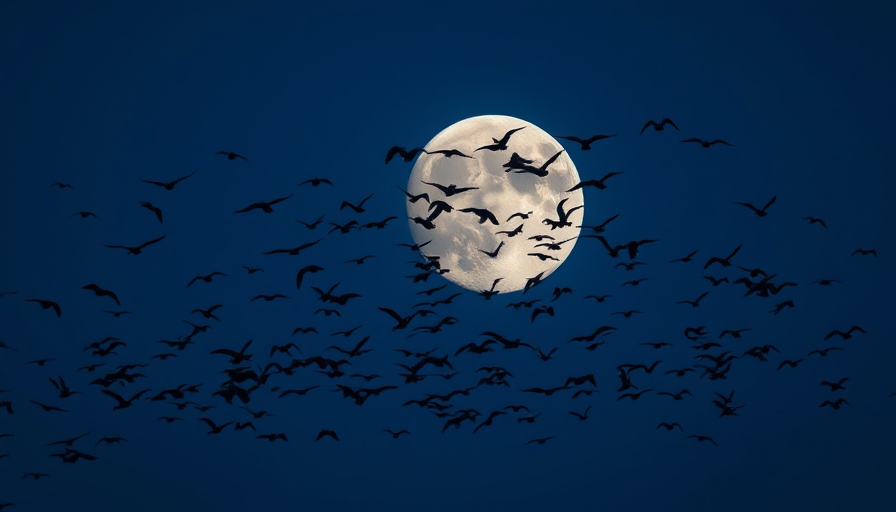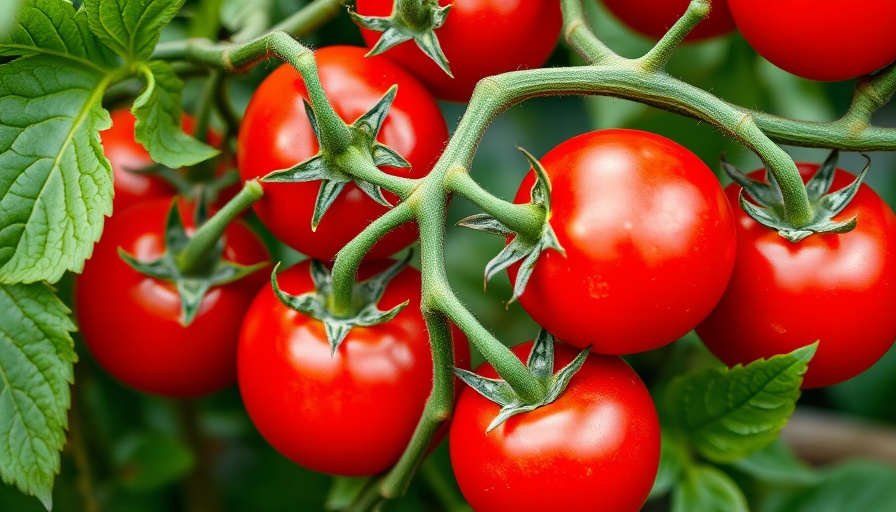
Why Bird Injuries Are Increasing and What You Can Do
A troubling trend is unfolding on the roads, particularly in coastal regions, as experts report a disturbing increase in the number of bird injuries, particularly among vulnerable gull fledglings. A wildlife center in Monterey County, California, took in an alarming 46 young seagulls that were victims of car accidents just last August. These fledglings may look grown but lack the ability to fly, increasing their chances of encountering fast-moving vehicles as they wander during their initial explorations.
Understanding Bird Vulnerability to Traffic
Gulls, as important scavengers in coastal ecosystems, face significant threats not only from their natural environment but also from human activity. The U.S. Fish and Wildlife Service highlights that around 340 million birds are killed yearly due to vehicle collisions, with fledglings being especially at risk. As noted by Beth Brookhouser from SPCA Monterey County, the combination of high-speed driving and the unsuspecting nature of these young birds poses a deadly risk. "Drivers expect these large birds, who they don’t realize are babies, to fly away, and they simply can’t," Brookhouser pointed out. This subconscious expectation can lead to tragic outcomes.
The Role of Community Conservation Efforts
Communities play a pivotal role in addressing this issue. Local conservation efforts aim to rehabilitate injured birds, offering them a chance to recover and return to their habitats. As more fledglings are rescued from dangerous situations, it becomes evident that public awareness and involvement are crucial. Educating drivers on the presence of vulnerable wildlife, particularly during peak fledgling seasons, can significantly reduce the incidence of these heartbreaking accidents.
Actionable Tips for Drivers
To help mitigate this issue, drivers should consider the following steps:
1. Reduce speed limits in known bird habitats, especially during fledgling season.
2. Be alert and watch for birds in roadways, particularly near coastal areas.
3. Report any injured wildlife to local rehabilitation centers to ensure prompt care.
By taking these precautions, we can protect not only individual birds but also the broader coastal ecosystems they support. Every small action contributes to a healthier environment where wildlife can coexist with human activity.
 Add Row
Add Row  Add
Add 




Write A Comment